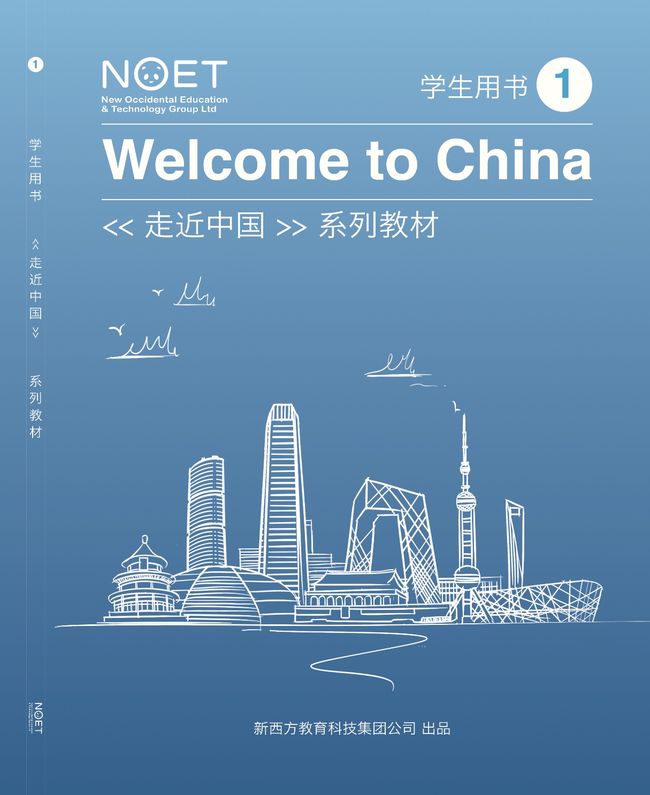According to a report published by the Defense Language Institute (USA), if a student wants to learn French, Italian or Spanish as a second language and achieve moderate level, the average time they spend on studying is 800 hours. However, if they choose to study Chinese Mandarin, this number dramatically increases to 2205. Therefore, with the mission of making the whole Chinese learning process easier and more practical for every student all over the world, the New Occidental Education & Technology Group has now developed a new technology which can decrease the hours of studying to 200 (according to some current students who are using this technology, it is even possible for them to further reduce this number to 100 hours).
This new technology has completely changed the components of traditional Chinese learning process, which were listening, speaking, reading and writing for native speakers, to a brand new combination of recognizing, reading, speaking and drawing (recognizing words, phrases and sentences; reading words, phrases, sentences and paragraphs; speaking words, phrases, sentences and dialogues; drawing words and phrases) for CSL (Chinese as a second language) learners.
This technology starts with helping students recognize the most basic Chinese characters, it greatly utilizes human brain’s associative memory function to help learners find the internal logics of Chinese language. In this way, students will no longer need to study the traditional pinyin, radicals and stokes, which dramatically reduces the heavy learning load that students used to experience — scramming is not required anymore.
For example, for learning the word “国” (country), students are taught through the following process: “一、二、三、王、玉、口” (one, two, three, king, jade, mouth). These components of “国” are much easier to recognize, and most importantly, they are associated with each other when they were created. Therefore, through this learning process, students not only learn a single word, instead, they learn seven words all together, they also learn how the words were created and the relationships between them, which is extremely helpful for students to permanently memorize the words.
Another example would be the word “差” (bad). The two components of this word are “羊” (sheep) and “工” (work). What do you think the quality of results you wilrl get if you make a sheep to work for you? Similarly, for the word “劣” (low quality), after learning “少“ (less) and “力” (effort), students will understand the word automatically.
Furthermore, in the after class exercise, students are also asked to creatively think topics like “what’s the relationship between “白色“ (white), “白天” (daytime) and “明白” (understand). Does “白” have the same meaning in these phrases? If so how? If not how are they related then?” Through this self thinking process, the technology developers hope to give students more tools to help them think independently and critically. That’s why this technology is not only teaching a language, but a way of thinking. With these tools, students not only can learn Chinese much more effectively and efficiently, but also develop the skills of deep thinking, which the developers believe is one of the most important skills in this rapidly developing world today.
One of the biggest innovations of this technology is making Chinese learning like playing Jenga. The company’s conceptual founder Shuhong Chen and Yongquan Yu call their new methodology of Chinese learning “Learn Through Playing Jenga”. They believe their technology will replace the traditional “staring at the words and memorizing” methods with “learning through playing”. Their dream is to “bring each word to live, make learning Chinese fun”. It is believed to be by far the most advanced method of memorizing, pronouncing and learning Chinese through playing. This is also NOET’s company mission: Speak Chinese like singing. Write Chinese like drawing. Develop the skill of critical thinking. Think logically, learn smarter.

